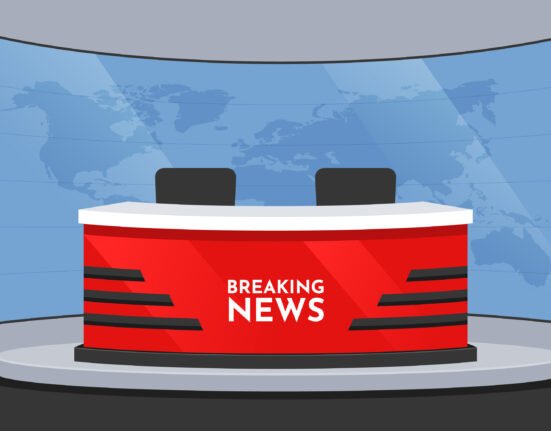Navigating Inflation: How to Protect Your Savings in Turbulent Times
In recent years, many savers have become increasingly concerned about inflation’s impact on their hard-earned money. As the cost of goods and services rises, the purchasing power of savings can dwindle, leaving individuals wondering how they can protect their financial reserves. Navigating inflation requires a keen understanding of economic factors, strategic financial planning, and adapting to changing conditions. Here are some effective strategies to safeguard your savings in turbulent times.
Understanding Inflation
Inflation is the rate at which the general level of prices for goods and services rises, eroding purchasing power. Central banks, such as the Federal Reserve, often target a modest inflation rate—around 2% annually—as an indicator of a healthy economy. However, inflation can spike due to various factors such as supply chain disruptions, increased demand, or geopolitical tensions.
Assess Your Current Financial Position
Before implementing any strategies, it’s essential to understand your current financial position. Conduct a thorough review of your assets, liabilities, and spending habits. Understanding your cash flow and identifying areas where you can curtail unnecessary expenses can significantly boost your financial resilience.
Diversify Your Investment Portfolio
One of the most powerful strategies to combat inflation is diversification. Investing across different asset classes can mitigate risk and enhance the potential for returns that outpace inflation. Consider diversifying your portfolio with:
-
Stocks: Historically, the stock market has provided returns that exceed inflation over the long term. Investing in a mix of domestic and international stocks can spread risk and capitalize on global growth.
-
Real Estate: Real estate tends to appreciate in value during inflationary periods, making it a valuable hedge. Rental properties can also provide a steady income stream.
-
Commodities: Precious metals like gold and silver often hold their value during inflationary periods. Additionally, investing in commodity-based funds can expose you to agricultural products, oil, and gas, which may benefit from price hikes.
- Treasury Inflation-Protected Securities (TIPS): These government-backed bonds are specifically designed to protect against inflation. Their principal value increases with inflation, providing a safeguard for investors.
Consider Inflation-Linked Savings Accounts
Some financial institutions offer savings accounts or certificates of deposit (CDs) that adjust their interest rates based on inflation metrics. While these options might not provide the highest returns, they offer safety and security, ensuring that your savings maintain their value.
Increase Earnings and Savings Rate
In an inflationary environment, it’s crucial to increase your earning capacity. Consider negotiating a raise, seeking new job opportunities, or developing additional income streams through freelancing or side businesses. As income grows, strive to increase your savings rate simultaneously to ensure a larger financial cushion.
Maintain a Long-Term Perspective
Finally, it’s important to maintain a long-term perspective during inflationary periods. While the immediate impact on savings can be concerning, economies often stabilize over time. Avoid impulsive decisions driven by short-term market fluctuations, and stay focused on your long-term financial goals.
Conclusion
While inflation poses a challenge to preserving the purchasing power of savings, strategic planning and proactive financial management can help individuals navigate these turbulent times. By assessing your financial position, diversifying investments, and focusing on income growth, you can create a resilient financial strategy that safeguards your savings against the eroding effects of inflation. As always, consider consulting with a financial advisor to tailor strategies to your unique financial situation and goals.














Leave feedback about this
You must be logged in to post a comment.